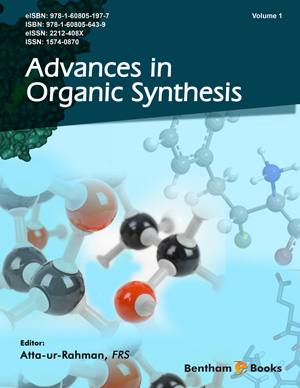Abstract
Metal clusters, atomically precise aggregates of metal atoms, when prepared
in the gas phase, produce only “magic numbers” sizes. Small-sized metal clusters (2
nm (<~100 atoms)) have different geometric and electronic properties as compared to
bulk metal structures. Metal clusters are used as new functional nanomaterials in
various applications. In this chapter, the interactive properties of different nucleic acid
bases (NAB) with M2
/M2
2+ (M = Ag, Au, and Cu) are studied by theoretical means.
Transition metals have a great affinity toward nucleic acids, which makes them suitable
candidates for metal ion sensing, removal of toxic metal ions, and the construction of
functional metal nanostructures. The highly significant symmetric dinuclear metalmediated homo base pairs structures with significant stabilities play a vital role in
various applications. Metal-nucleobase complexes have wide applications, such as
sensors, bidirectional nucleobases, logic gates, and nanowires. A logic gate programs
cells for biomedical and environmental applications. In this chapter, the electronic and
optoelectronic properties of M2
and M2
2+ with various NAB pairs, such as
adenine−thymine (AT), adenine−uracil (AU), adenine thymine (ATAT) Watson Crick
(WCST) stacking pairs, adenine−adenine stacking pairs (AAST), and adenine−adenine
hydrogen bonding (AAHB) (M = Ag, Au, Cu), are studies, along with their
applications.
Keywords: Bioimaging, Coinage metals, Nucleobases, Nanowires, Sensors.






















